Making Connections: What We Did on Our Summer Vacations
September 6, 2017
Over the last few months, the Drexel Libraries staff have been all over the world, traveling for both pleasure and for business. Regardless of their reasons for traveling, Libraries staff all encountered a similar theme throughout their journeys – connection. From stories of connecting home thanks to economical international calling and data plans to connecting with new people, old friends and new cultures. Here we feature just a few of the adventures our staff embarked on this summer.
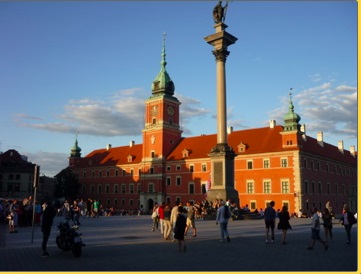 Traveling in Poland this August uncovered a few new insights for me about Internet connectivity. First off, pricing made it easier to connect. I was pleased this year, in contrast to last, that my mobile phone provider offers a far less expensive extension of international connectivity. Before, I had to subscribe to a new international data plan costing a few hundred dollars per month to have the option to call home. This year, I had a simple automatic activation costing me $10 a day for only the days I used the connection, and it brought me unlimited calls and data.
Traveling in Poland this August uncovered a few new insights for me about Internet connectivity. First off, pricing made it easier to connect. I was pleased this year, in contrast to last, that my mobile phone provider offers a far less expensive extension of international connectivity. Before, I had to subscribe to a new international data plan costing a few hundred dollars per month to have the option to call home. This year, I had a simple automatic activation costing me $10 a day for only the days I used the connection, and it brought me unlimited calls and data.
Second, I was aware of the many free public WiFi connection areas in all three cities I visited. Major chain coffee shops, hotels and restaurants offered customers—and often the general public—free Internet access, but it was also good to see city access in parks and plazas. These connections were not always as reliable but simplified catching up with emails and texting without expense.
Third, to no surprise, nowadays everyone has a cellphone and carries it out in the open. I was less aware of people talking on the phone; however, I did see people using ear buds for hands-free calls.
This easy and inexpensive access came in handy as a Philadelphia friend called me to let me know that a mutual friend in Poland had to reach me in a hurry—except that the friend here was awakened at 7 a.m. with the request for help by her Polish friend—and it seemed normal to have a check in call when all else failed. I repeatedly reflected on changes in this country from my prior visits in 1972 and 1995, and was impressed by the clear impact of globalization—dependence on technologies, widespread use of English by those under 35, and the commercialization of sharing history.
—Danuta A. Nitecki, PhD, Dean of Libraries
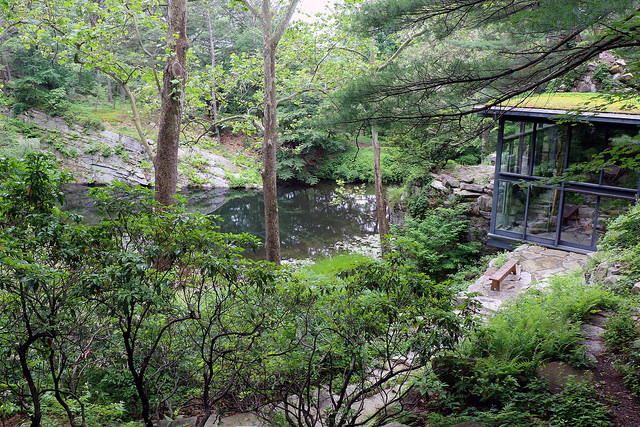 My summer getaway was all about cutting my Internet connection and immersing myself in a more natural setting. So, this year, I embarked on a short journey to the Hudson Valley in New York. As a librarian, I depend on a high level of connectivity. When I’m not in the library, I’m likely volunteering at a local animal shelter, where the Internet is also a necessity. I work with the shelter animals one-on-one, and I’m often shooting and posting photos and videos of them to post on adoption sites. Suffice it to say, I’m plugged in during most of my waking hours. Cutting the cord every now and again is essential for me. Admittedly, this act does come with a certain amount of anxiety for me, but that soon fades, and I find that I don’t feel as attached to my phone after a few days go by.
My summer getaway was all about cutting my Internet connection and immersing myself in a more natural setting. So, this year, I embarked on a short journey to the Hudson Valley in New York. As a librarian, I depend on a high level of connectivity. When I’m not in the library, I’m likely volunteering at a local animal shelter, where the Internet is also a necessity. I work with the shelter animals one-on-one, and I’m often shooting and posting photos and videos of them to post on adoption sites. Suffice it to say, I’m plugged in during most of my waking hours. Cutting the cord every now and again is essential for me. Admittedly, this act does come with a certain amount of anxiety for me, but that soon fades, and I find that I don’t feel as attached to my phone after a few days go by.
The Hudson Valley is the perfect spot for some R&R. To start your trip, I recommend the Chuang Yen Monastery in Putnam County, where the temple houses a gigantic indoor statue of the Buddha, and the surrounding grounds offer visitors respite among gardens, ponds and memorials. If you’re into architecture, check out Manitoga, Russel Wright’s modernist home in nearby Garrison, NY. The home is built into the landscape, which is equally problematic and beautiful. Or, if you’re hoping to enjoy some art, Dea:Beacon and the Storm King Art Center should be on your list too. Bring a good pair of hiking boots, some books and enjoy. You’ll be able to turn your phone off for a bit too; although you might want to bring it along for directions. Drat! I guess I didn’t entirely cut the cord…
-Gary Childs, Liaison Librarian, Nursing & Health Professions
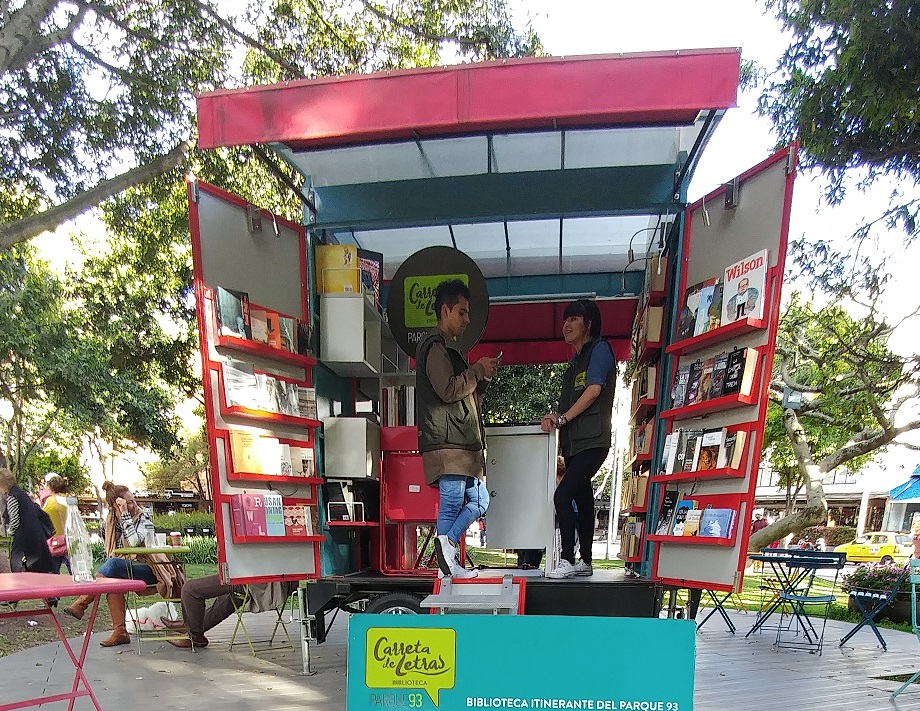 In August, my husband and I spent a week in Bogotá, Colombia. Since the peace agreement between the Columbian Government and FARC in 2016, both Bogotá and Medellin are growing as tourist destinations. I’m embarrassed to admit that I don’t speak Spanish, but thanks to technology, it seemed everyone had a translation app on their cellphones. Communicating was a laborious process, but people were surprisingly patient and very curious to know what Americans think of Bogotá.
In August, my husband and I spent a week in Bogotá, Colombia. Since the peace agreement between the Columbian Government and FARC in 2016, both Bogotá and Medellin are growing as tourist destinations. I’m embarrassed to admit that I don’t speak Spanish, but thanks to technology, it seemed everyone had a translation app on their cellphones. Communicating was a laborious process, but people were surprisingly patient and very curious to know what Americans think of Bogotá.
Some forms of communication don’t require technology. As a Philly native, I brag about the City’s murals, but Bogotá is recognized internationally for its graffiti and amazing street art. During our trip, we attended an artist-sponsored graffiti tour, which was a wonderful way to learn about the artists and the cultural context of the artwork. Although many artists are encouraged by homeowners and businesses to decorate their walls, there have been clashes between the city government and artists about painting public spaces. Whether commissioned or not, the artwork draws international artists to the city to create and teach locals and tourists to admire art.
Bogota’s urban landscape is also decorated by parks and flower gardens. Picnicking and reading on the grass with friends, family and pets is a popular pastime there. As a librarian, I was intrigued by the tiny pop-up libraries in the parks, and of course I took pictures and spoke with staff. They informed me that these pop-up libraries are financed by the park system and volunteers from Paradero Para Libros para Parques (Parks for Books for Parks). These mini centers also sponsor literacy programs and activities for local children.
—Janice Masud-Paul, Liaison Librarian, Health Sciences Research
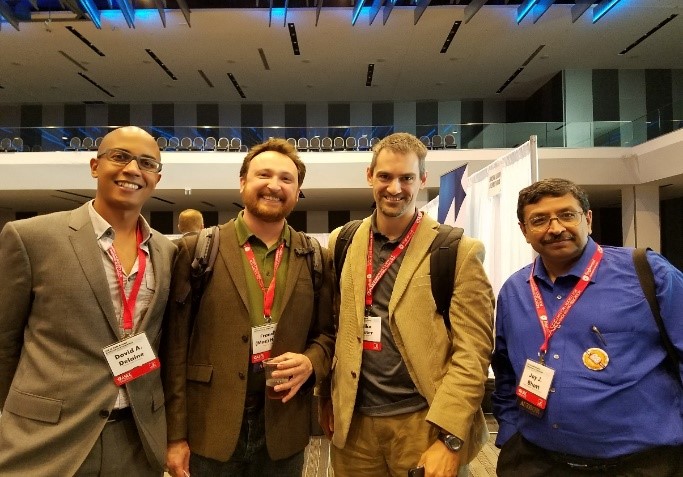 Why do we as librarians go to conferences? To attend sessions and keep up-to-date on the latest trends in our profession? To present our own research papers? While these are true, networking is one of the key reasons I attend so many academic library conferences throughout the year.
Why do we as librarians go to conferences? To attend sessions and keep up-to-date on the latest trends in our profession? To present our own research papers? While these are true, networking is one of the key reasons I attend so many academic library conferences throughout the year.
Serendipity can play a vital role in networking and in forming future collaborations or even may act as a catalyst to reconnect with past students or researchers. In fact, Lulu Miller, co-host of the NPR program Invisibilia, emphasized the importance of serendipity in the research process during her keynote presentation at the 2017 SLA Conference in Phoenix, Arizona. And so, during the American Society for Engineering Education (ASEE) conference a week later, I saw an opportunity arise to experience serendipity in action.
The ASEE Division Mixer kicked off the 2017 conference with music, drinks, food and plenty of time for networking and catching up with colleagues. This year, I had the pleasure of seeing four Drexel graduates, one after the other in the matter of minutes. Each had graduated from Drexel around 10 years ago, but they still remembered that I attend ASEE conference and decided—independently—to seek me out to catch up and talk about new projects. It is a sheer coincidence that they all happened to find me almost at the same time, and it was extremely gratifying for me to see that students with whom I had interacted several years back went on to become tenured engineering professors in different universities.
—Jay Bhatt, Liaison Librarian, Engineering
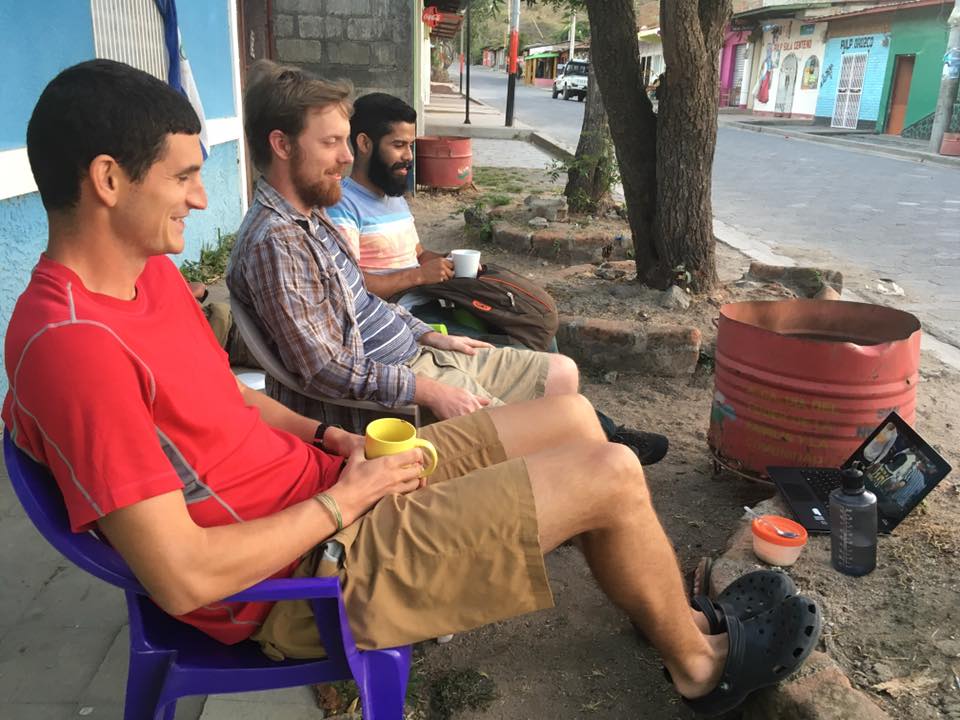 A few months ago, I returned for a visit to the small town in Nicaragua where I lived from 2013 to 2015. San Nicolas, a community of under 2,000 people, is nestled in the mountains of northern Nicaragua, three hours by bus from the capital city of Managua. When my husband and I lived there, Wi-Fi installation services were not available, so we settled on a system of purchasing Internet by way of a chargeable data modem three times a week. (It cost one dollar for 12 hours or 1 GB of Internet). On the days when we didn’t have access to Internet, I didn’t miss it, but when we did have it, Internet was essential for staying in touch with our family and friends in the US.
A few months ago, I returned for a visit to the small town in Nicaragua where I lived from 2013 to 2015. San Nicolas, a community of under 2,000 people, is nestled in the mountains of northern Nicaragua, three hours by bus from the capital city of Managua. When my husband and I lived there, Wi-Fi installation services were not available, so we settled on a system of purchasing Internet by way of a chargeable data modem three times a week. (It cost one dollar for 12 hours or 1 GB of Internet). On the days when we didn’t have access to Internet, I didn’t miss it, but when we did have it, Internet was essential for staying in touch with our family and friends in the US.
When we returned to San Nicolas this year, we were amazed to find that they had installed free Wi-Fi in the central park, only half a block from where we lived. This certainly increased the popularity of the park; now at all hours of the day, you could find teenagers hunched over on park benches, accessing Facebook and WhatsApp on their phones. We discovered that the Wi-Fi even reached the front stoop of our house, so we set up plastic chairs outside and streamed YouTube videos as horses trotted by in front of us. Because we were outside, neighbors stopped by to chat, making online activity a satisfying blend of virtual and real-life worlds. It was fascinating to witness how San Nicolas has adopted this global connectivity but has also managed to maintain its sense of local community.
—Sarah Rich, Coordinator, Administrative Services
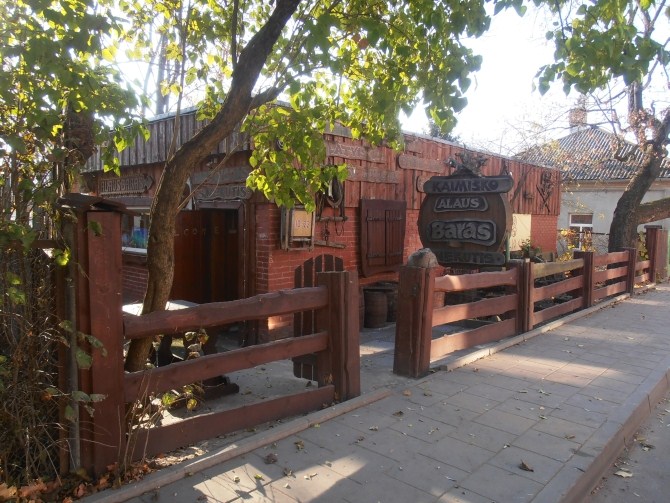 Earlier this summer, I set out on a 12-day tour of the Baltics with one of my go-to travel buddies. For this trip, we decided to “go old school” and forgo the international data plan, opting to utilize free WiFi when available. Surprisingly, WiFi wasn’t available – or the signal wasn’t strong enough – as often as we had expected, which meant we were often without Internet access for 10+ hours at a time. So we couldn’t post our travel photos on Instagram or Facebook immediately – no big deal. But this also meant no Google maps, a tool I realized I’ve come to rely on quite heavily.
Earlier this summer, I set out on a 12-day tour of the Baltics with one of my go-to travel buddies. For this trip, we decided to “go old school” and forgo the international data plan, opting to utilize free WiFi when available. Surprisingly, WiFi wasn’t available – or the signal wasn’t strong enough – as often as we had expected, which meant we were often without Internet access for 10+ hours at a time. So we couldn’t post our travel photos on Instagram or Facebook immediately – no big deal. But this also meant no Google maps, a tool I realized I’ve come to rely on quite heavily.
Luckily, we remember life before mobile phones and realized what we had to do – talk to people. And that’s what we did. Thanks to the recommendations of a few friendly locals in Vilnius, Lithuania, we avoided a tourist trap of a restaurant and discovered one of the most amazing craft beer bars with the best cepelinai (Lithuanian stuffed potato dumplings) I’ve ever had. So while I absolutely appreciate the convenience of 24/7 Internet access, I also enjoyed the break from technology – being forced to put down the phone and talk to my travel companions – and to complete strangers from different countries. It certainly made the trip more memorable.
—Stacy Stanislaw, Communications Manager